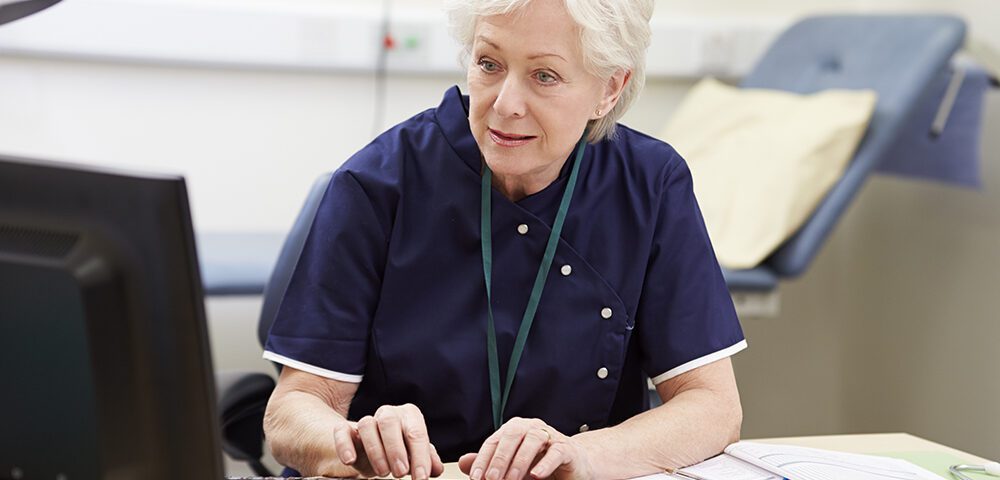Every CONTACT counts to Stop the Pressure – T
Find out how Every C-O-N-T-A-C-T Counts to #STOPTHEPRESSURE

C-O-N-T-A-C-T
TEAMWORK, TALKING to people, listening, engaging and TEACHING
TEAMWORK is the collaborative effort of a group to achieve a common goal or to complete a task in the most effective and efficient way. This concept is seen within the greater framework of a TEAM, which is a group of interdependent individuals who work TOGETHER towards a common goal.
Teamwork enables better problem solving
While one person may struggle to handle their individual tasks and the pressure of completing them on time, a TEAM working together can help each other produce high-quality work. As a result of sharing the workload, the quality of work is typically more consistent.
Draw on knowledge from other professionals to create a plan in partnership with the patient. Discuss you rationale for your decisions – this may be categorising pressure ulcers or justifying a reason for validating lapses of care. Reflect on your decisions.
Teamwork unlocks potential for innovation
TEAMWORK promotes using the perspectives of multiple people, offering the insight, skill and different approaches to produce new, creative ideas. TEAM brainstorming sessions can be a highly effective way to consider tasks and challenges with a more creative mind-set. TEAMS can work together to discuss different ideas, support each other and offer constructive feedback as they work through each suggestion.
Reflecting on incidents and cases generates discussion and ideas, from investigations comes the generation of action or improvement plans. Can you identify common themes and trends? What can be done differently to improve and change practice?
Teamwork boosts productivity
A TEAM that works well together is able to fulfil many requirements. For instance, aspects like creativity, motivation, happiness, collaboration and unity are all part of what it means to be part of a TEAM.
How many tasks do you juggle every day? Completing incident forms, performing wound care, evaluating care plans, data analysis, by dividing tasks into more manageable segments and delegating these to team members who have various applicable skills, you may have the opportunity for faster, more reactive innovation. What can be done differently?














